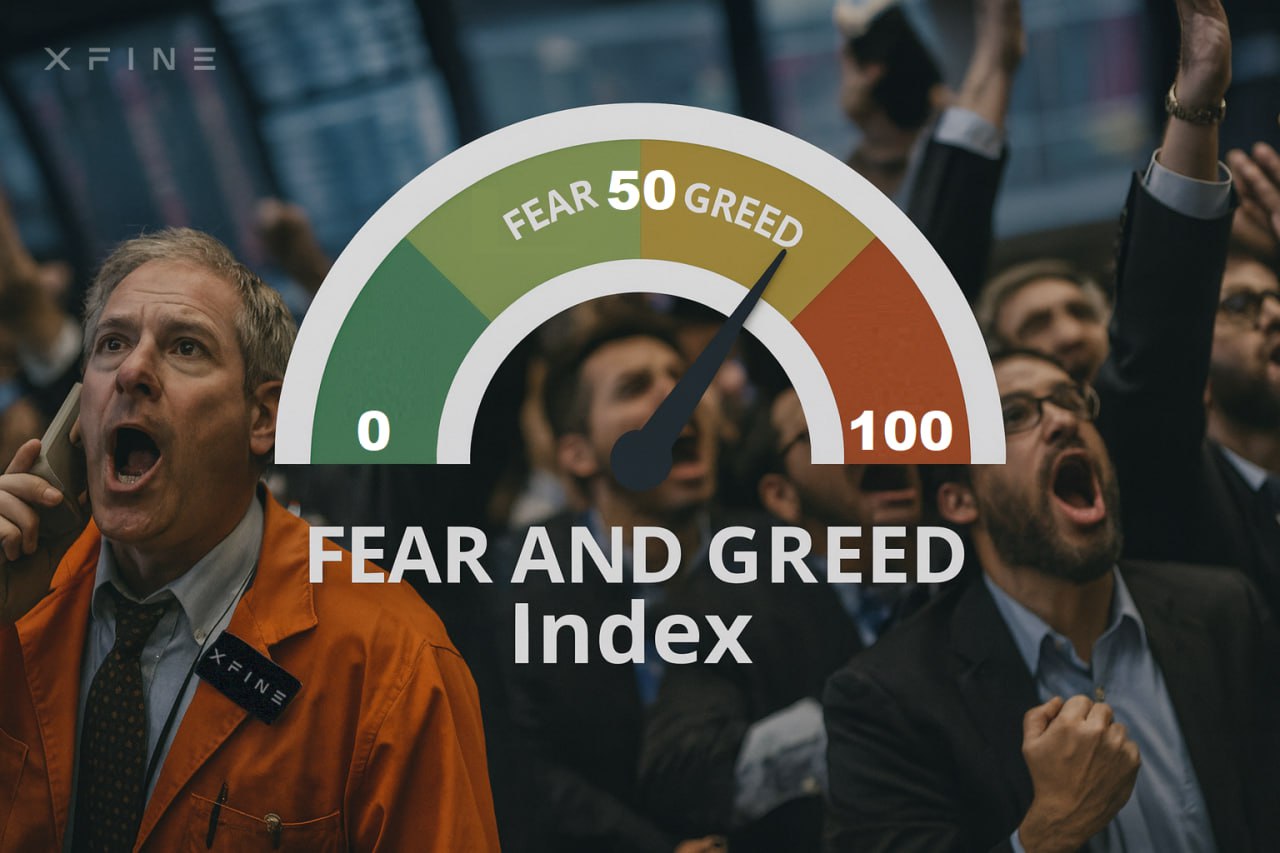
Financial markets traditionally reflect not only fundamental metrics and technical patterns but also the emotional state of their participants. One of the most well-known tools used to measure the “pulse of the crowd” is the Fear and Greed Index. The idea behind it stems from a simple yet crucial premise: price movements are driven more by trader and investor psychology than by the objective value of an asset. When people are fearful, they tend to sell, lock in profits, or avoid risk. When they are driven by greed, massive flows of capital rush into risky assets, pushing prices higher.
Initially, the Fear and Greed Index was developed for the stock market. One of its creators is considered to be the media group CNN Business, which in the early 2010s offered investors a simplified way to assess the mood of the U.S. equity market. The calculation included factors such as price momentum, market breadth, trading volume dynamics, the ratio of bullish to bearish options, bond spreads, and demand for safe-haven assets like gold and U.S. Treasury bonds. Combined, these indicators formed a scale from 0 to 100, where zero represented extreme fear and 100 represented extreme greed.
Later, the idea was adapted for the cryptocurrency market, where emotions play an even greater role than in traditional finance. In 2018, Alternative.me launched its own version of the Fear and Greed Index for Bitcoin, which quickly became popular among traders. XFINE notes that, unlike the traditional version, the crypto index relies on somewhat different data: volatility and drawdowns, trading volumes and Bitcoin dominance, activity on social media and in search queries, as well as current trends. This methodology captured the unique nature of the crypto market, where the information background and news spikes instantly translate into mass buying or selling.
According to XFINE, the index has shown pronounced cycles when its readings reached extreme levels. In the stock market, it repeatedly fell into the “extreme fear” zone during crises – for instance, in 2008 and in spring 2020, when the COVID-19 pandemic caused a market crash. Conversely, periods of super-greed were observed during the dot-com bubble and at the peak of the U.S. bull market in 2021.
In cryptocurrencies, the picture is even more striking: the index dropped to levels of 5–10 points during massive Bitcoin sell-offs, such as in March 2020 or summer 2022, when BTC fell below 20,000 dollars. Conversely, readings near 90–95 points were recorded at the end of 2017, when Bitcoin first approached 20,000, and again in autumn 2021 near its then-record high above 69,000.
The main value of the index lies in its ability to identify crowd sentiment, serving as a counter-cyclical indicator. The logic is simple: if most market participants are fearful and selling, the market may be close to its bottom, creating favourable buying conditions. If euphoria and greed dominate, it often signals overheating and a likely correction. In this sense, the Fear and Greed Index can be compared to a sentiment indicator or even a barometer of market psychology – particularly useful when developing contrarian trading strategies.
At the same time, XFINE analysts do not recommend using the index as the sole decision-making tool, since it does not indicate exact entry or exit points but merely reflects the overall emotional background. In trading strategies, it is better applied as a filter. For example, if a trader works with trend signals, they may strengthen positions when the index is in the neutral zone and reduce exposure as it approaches extreme levels. For long-term investors, the Fear and Greed Index can also serve as a guide: during moments of panic and fear, assets can be accumulated, while during periods of greed, profits can be gradually taken.
Thus, the Fear and Greed Index is a concise yet insightful tool for assessing market sentiment. Its simple form reflects the deep psychology of the market – especially in moments when the crowd is gripped by extreme emotions of fear or greed – and ignoring this fact means neglecting a key source of information.